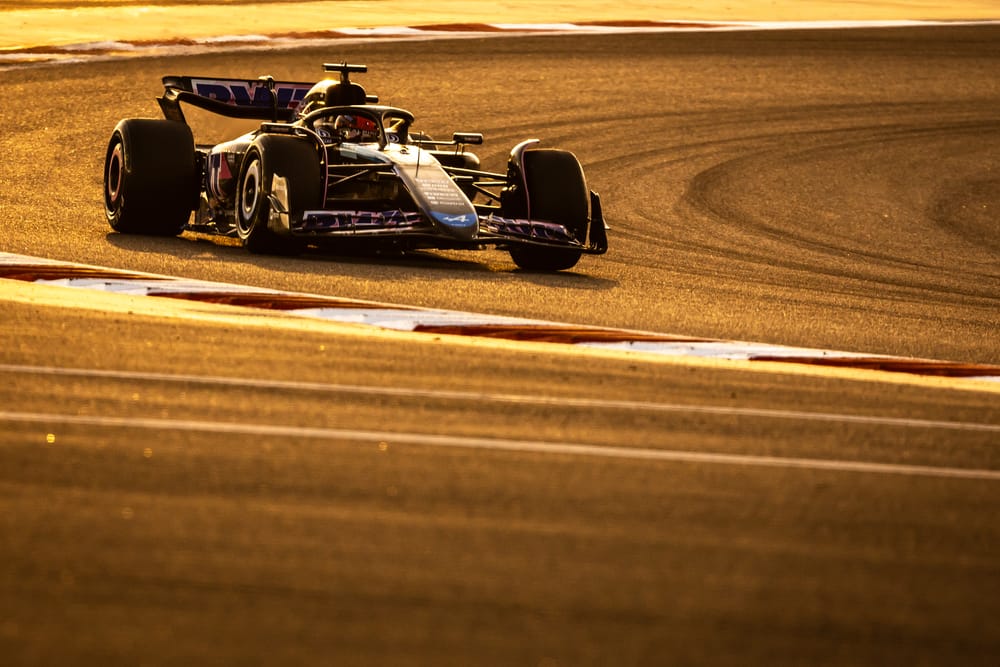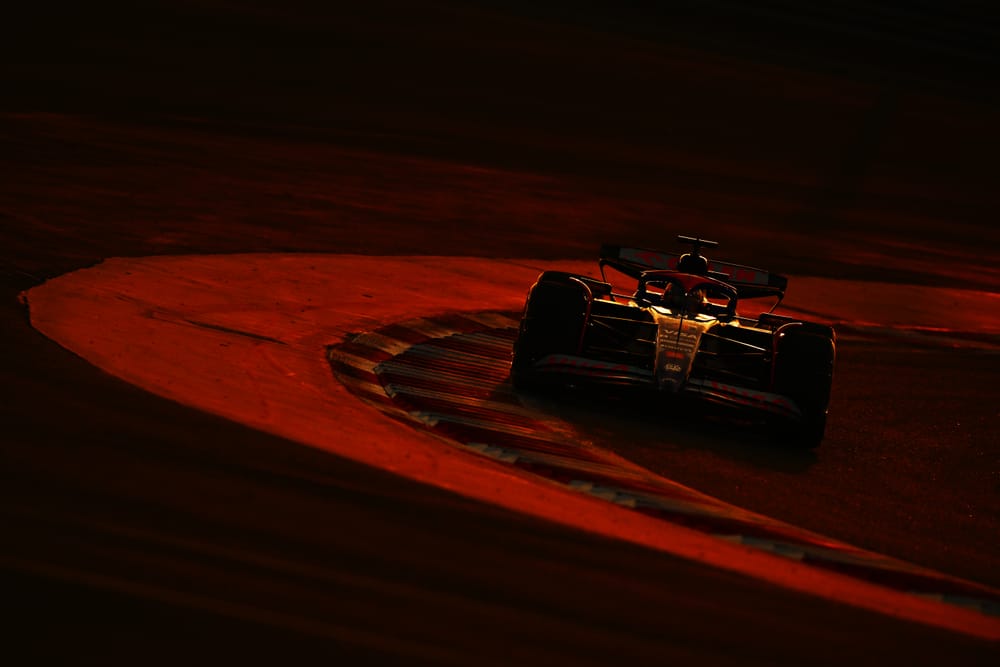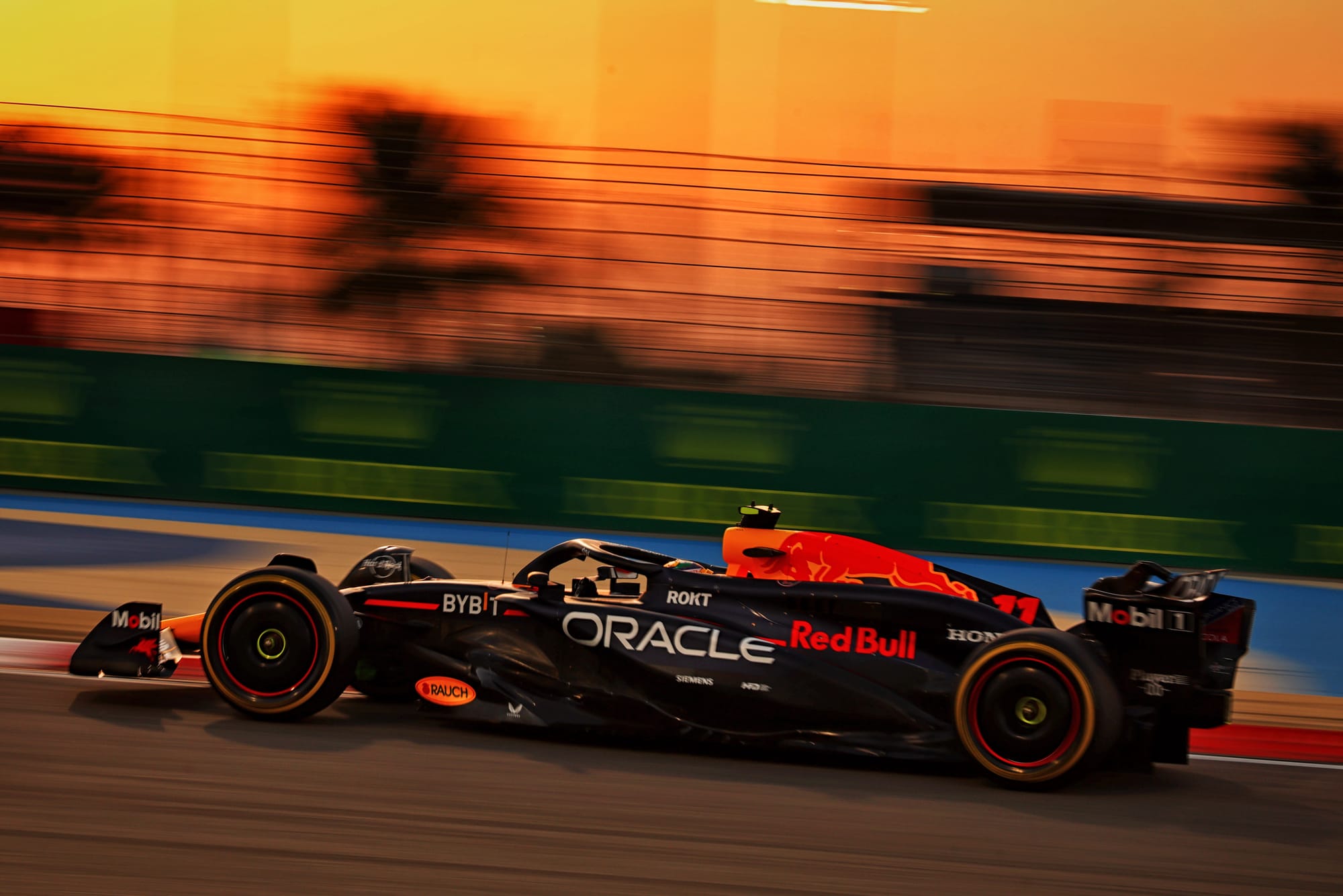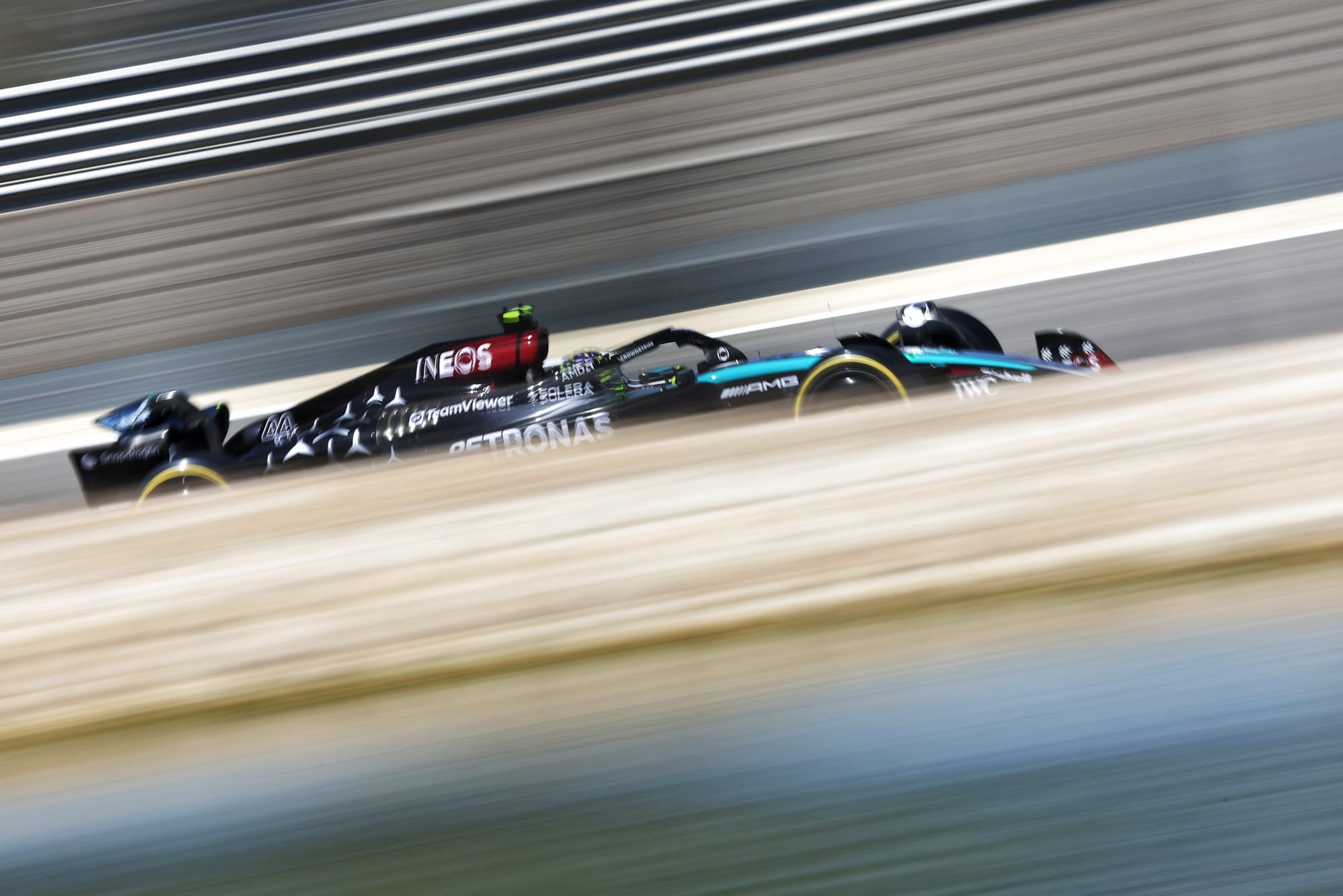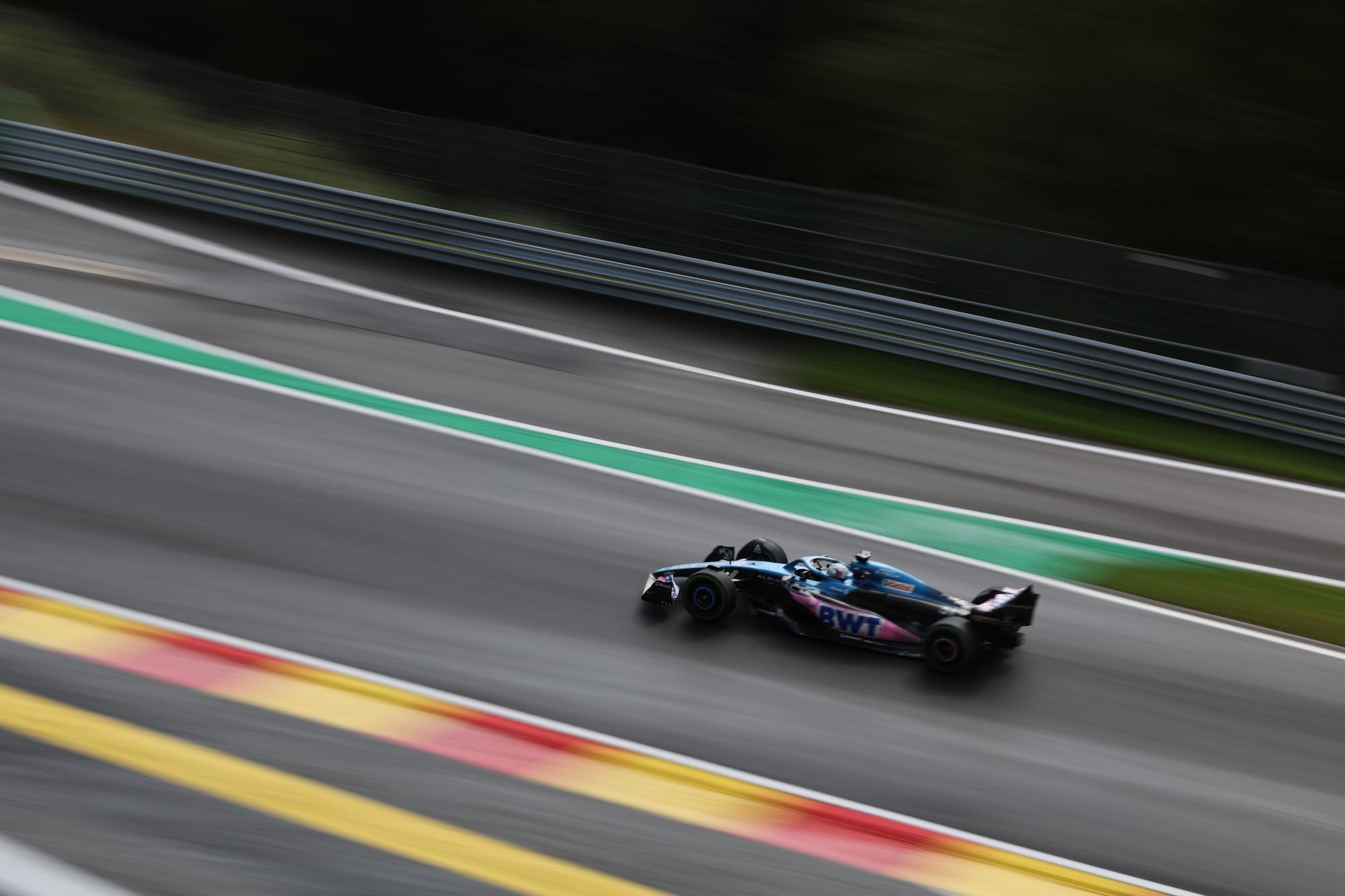Up Next

Alpine heads into the Bahrain Grand Prix weekend expecting to be struggling to escape Q1. That’s a long way off an acceptable level of performance for a works team, even one that was at pains to warn of a slow start to manage expectations at its 2024 Formula 1 car launch.
The Alpine A524 was the slowest of the 10 cars over three days of testing in Bahrain, didn’t complete a full-blown race simulation, set long-run pace that put it towards the back and looked the least impressive from trackside in terms of its responsiveness.
The car is also understood to be overweight, hence the pared-back livery, and as driver Pierre Gasly admits, it’s going to be a slow start to the season.
“It will take some weeks,” says Gasly. “It’s important to be objective about it when you start with a brand new car, [you] can't expect to figure things out in three days.
“It’s not going to be an easy first race, [we’re] not going to start from where we would have liked. But we’ve got to give ourselves some time to understand that new car concept.
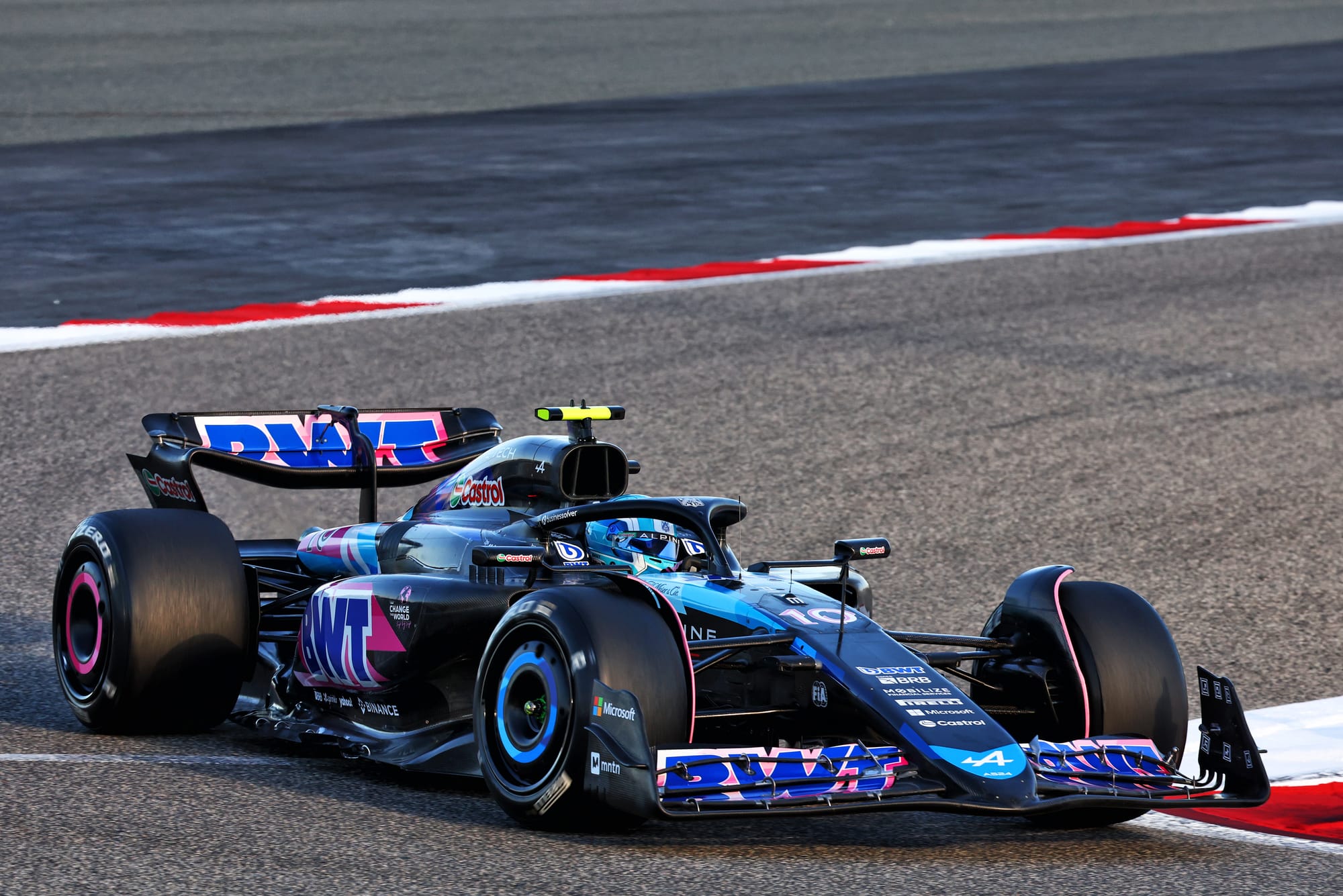
“The good thing is we've identified very clearly what we've got to work on, as a team. Whether we're able to fix it with car set-up for the first few races of the season, time will tell. But for sure there will be a pretty aggressive plan of updates which we'll need to close the gap.”
That aggressive plan of updates will include changes that Alpine hoped to have on the start-of-season car that should instead be deployed after the early races. But these aren’t expected to completely transform the car.
Overall, the impression of Alpine is that it’s been up against it in the build-up to the season, appears to be one of the more under-pressure teams in terms of parts availability, and that even to match last year’s distant sixth in the constructors’ championship will require some good development steps.
However, there are some positives amid what appears to be a bleak picture.
Firstly, what Gasly says about needing time is legitimate. While the Alpine doesn’t look like a dramatic departure visually, there have been significant suspension changes. These are extensive enough to justify the reference to the new concept for a car that technical director Matt Harman described at the launch as “a brand new car from front to back, only the steering wheel survived”.
Building that understanding and zeroing in on the set-up, as well as introducing upgrades and weight savings after the early races should all add up to an improvement in performance. While the car really should be quicker than it appears to be now, there is at least reason to expect improvements from a machine intended to have significantly more development potential than had it stuck with an evolution of last year’s Alpine A523.
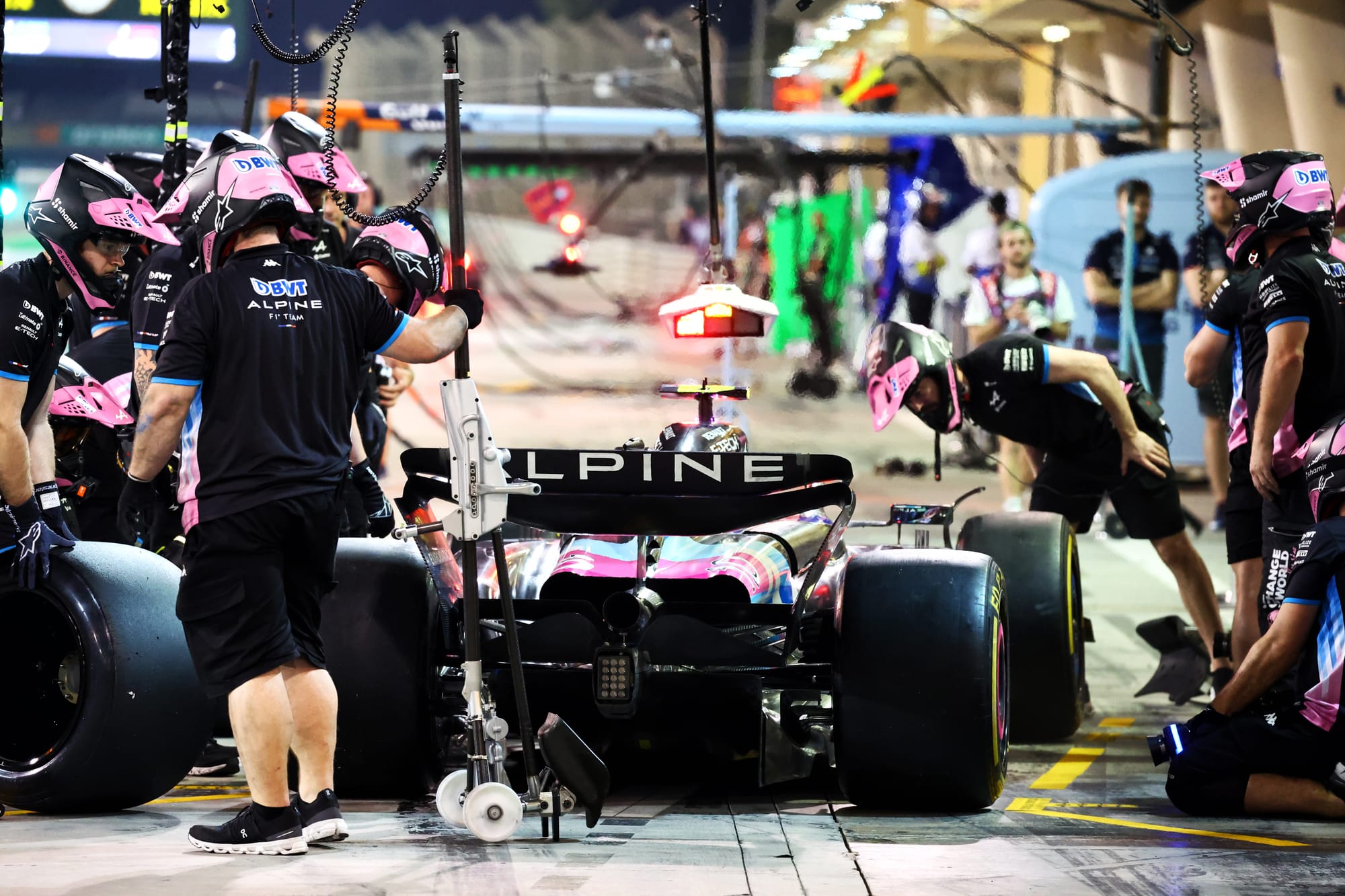
There have also been gains operationally, as the feeling in the team is that this was one of the most productive and well-executed pre-season test programmes in recent years. The trouble is, you can run the car perfectly but if it fundamentally isn’t good enough, that only gets you so far.
Secondly, and far more importantly, this team doesn’t appear to be deluding itself about where it is at. That’s been a problem in the past.
Famin, recently confirmed as permanent team principal having initially been appointed on an interim basis last year, has made no public pronouncements about targets, and offers no five-year or 100-race plans. Instead, he emphasises continuous improvement.
“Our objective this year will be to generate the [right] dynamic and improving the car and improving the team as well, the team as a whole and not only trackside, much more than giving a target in terms of final result, position in the championship or podiums,” says Famin when asked by The Race about its current performance level.
“What we really need to see is this dynamic. The car is what it is right now. The important thing is to be able to develop it together with the team and the factories - Viry, Enstone, trackside, everybody - is pushing for improvement.”
What he says might sound rather vague. But after the years of arbitrary targets this focus on the process rather than some objective in the middle distance is refreshing.
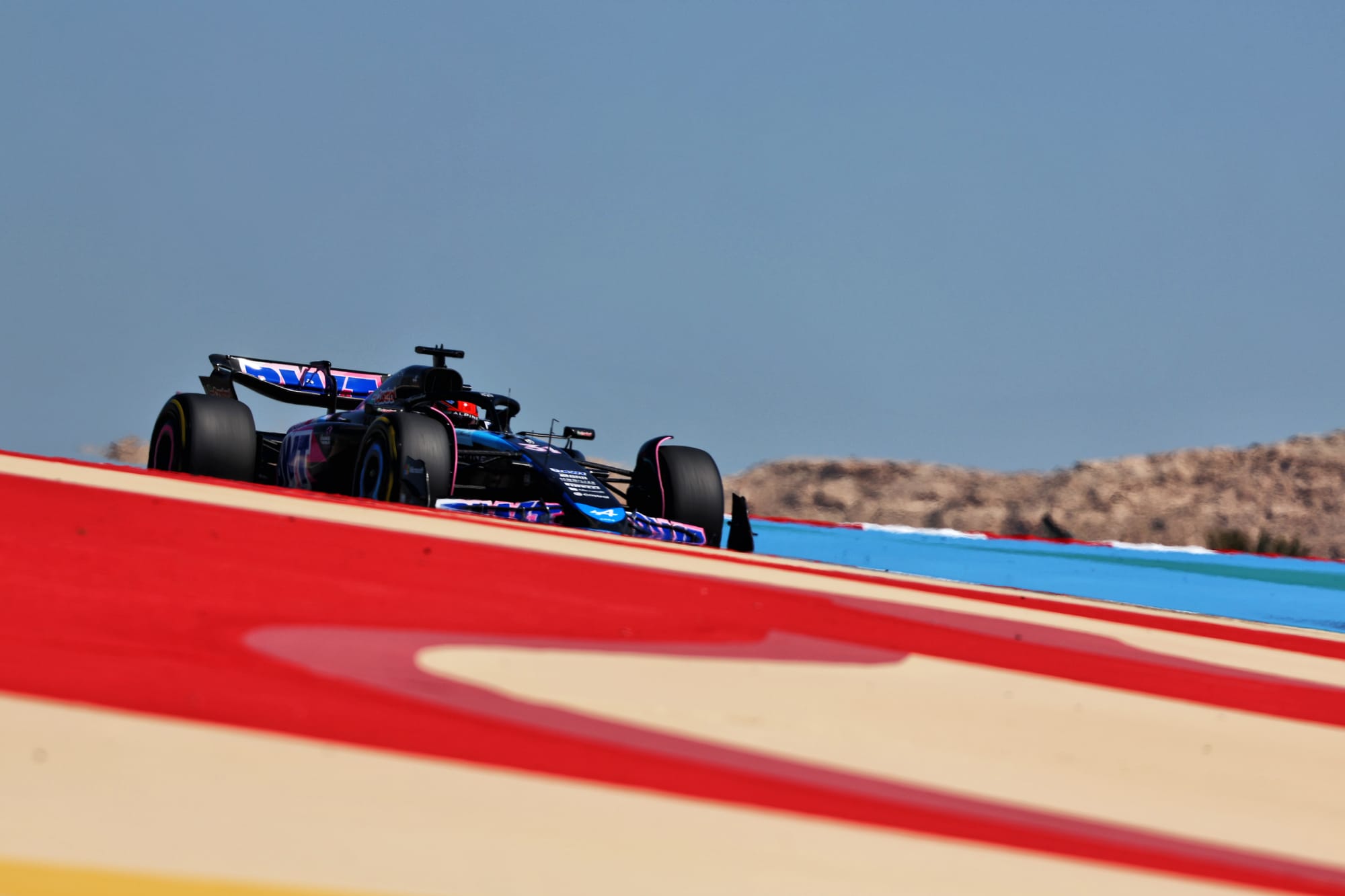
If the processes are put in place effectively, the culture is right and the team is able to evolve to get the most out of its people and facilities - as well as additional tools such as the upcoming driver-in-loop simulator that will be key to the development of the 2026 car for the new rules - then improvement will follow. In short, if you constantly improve, you will get to the front eventually.
This also represents a shift in owner Group Renault’s outlook. As an owner, the company has a patchy history and a tendency either not to support its teams as well as it should or demand precise timelines for success. But while Famin stresses there is the full support from the ownership now, it appears this manifests itself in a slightly less interventionist approach.
How long that will last is unclear, but it’s a positive. Provided, of course, Alpine isn’t replacing arbitrary targets that defer success to a tomorrow that never comes with a willingness to drift.
Whether this approach will translate into the team becoming more than one that meanders in the midfield, bouncing between fourth and sixth in the championship, as it has for the last seven seasons, remains to be seen. But at least that shift in philosophy could pay off - provided it is given enough time to play out, which wasn’t the case for the previous regime.
“We need to improve everything,” says Famin. “We need to get the best from everybody, from every single guy or girl in the team, to unleash the energy, the creativity.
“It’s a kind of cultural change we need to implement - simplify the processes, be more efficient, go faster. Our target is to fight with the big teams as soon as possible.
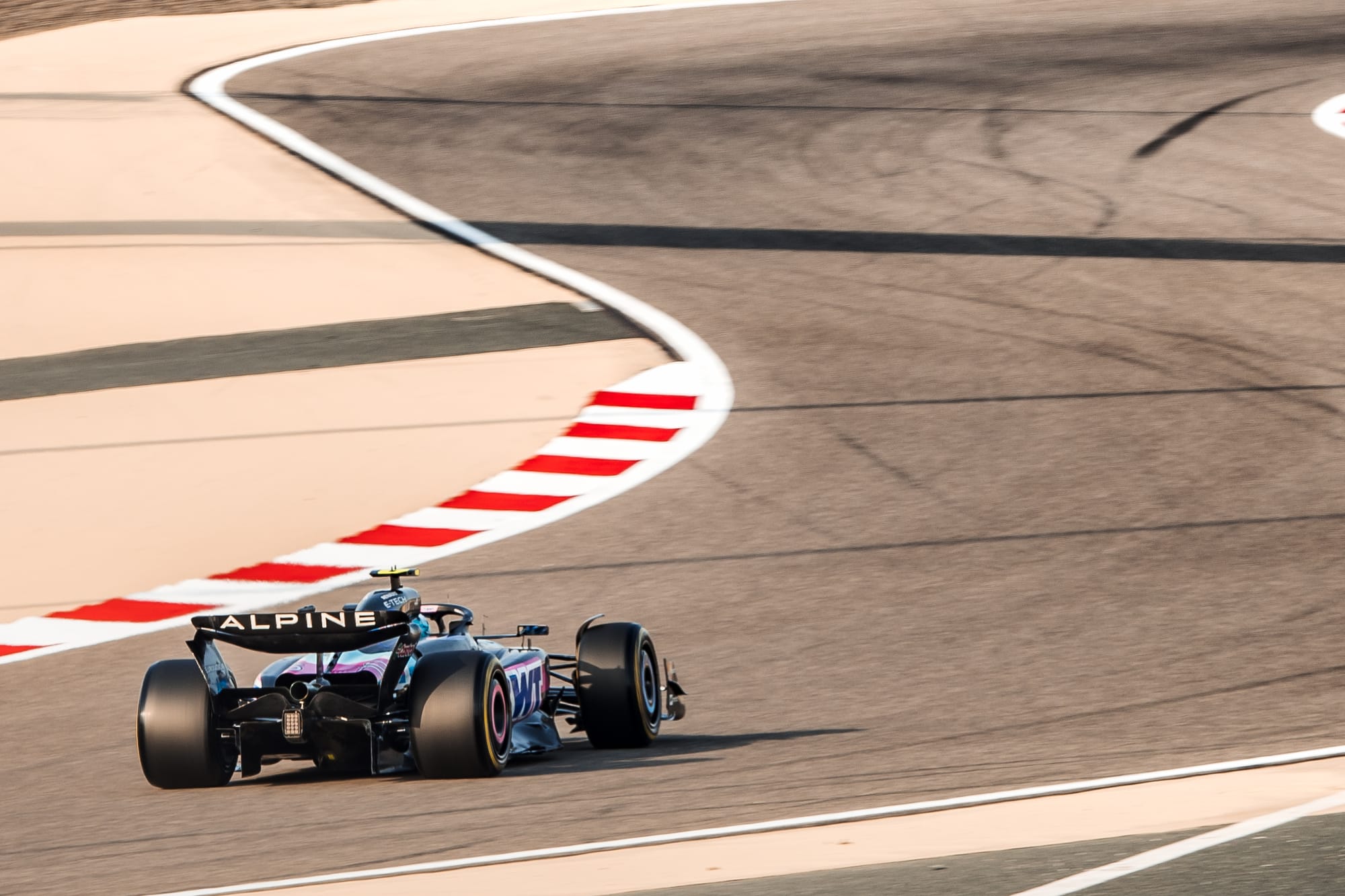
“Everybody will have the money to spend the whole [budget] cap and then it will be the team who will be the most efficient who will have more chance to be in front. Then we need to work a lot on the efficiency and the creativity of the team and this is a dynamic we need to implement at the factories.”
The trackside team did sharpen up in the second half of last year, with sporting director Julian Rouse (like Famin, now in the role full-time) overseeing changes that appeared to improve consistency of execution. What’s more, the car ran reliably during testing and progress was made. Famin talks of the need to translate the change of culture trackside to the factories both at Enstone and Viry.
That’s a bigger challenge, particularly for Enstone, and needs to happen quickly given the importance of the 2026 project. The team’s current position suggests that the combination of speed, design and production standards needed to be a frontrunner are still some way off at Enstone.
That’s perhaps why Famin repeatedly stresses the need to implement the culture change that has already set in at the track to the wider company. The same could also apply to Viry, given it’s currently working on the 2026 power unit. That needs to break the cycle of the Renault engine being a step behind its rivals, particularly on hybrid performance.
Whatever happens, it seems that this season will be a disappointment for Alpine. Again. There’s every chance it will improve, but even recovering to sixth is nothing to write home about.
That’s only acceptable if the changes going on behind the scenes really bear fruit. Given the team’s history since Renault reacquired it, we can’t take that on trust.


